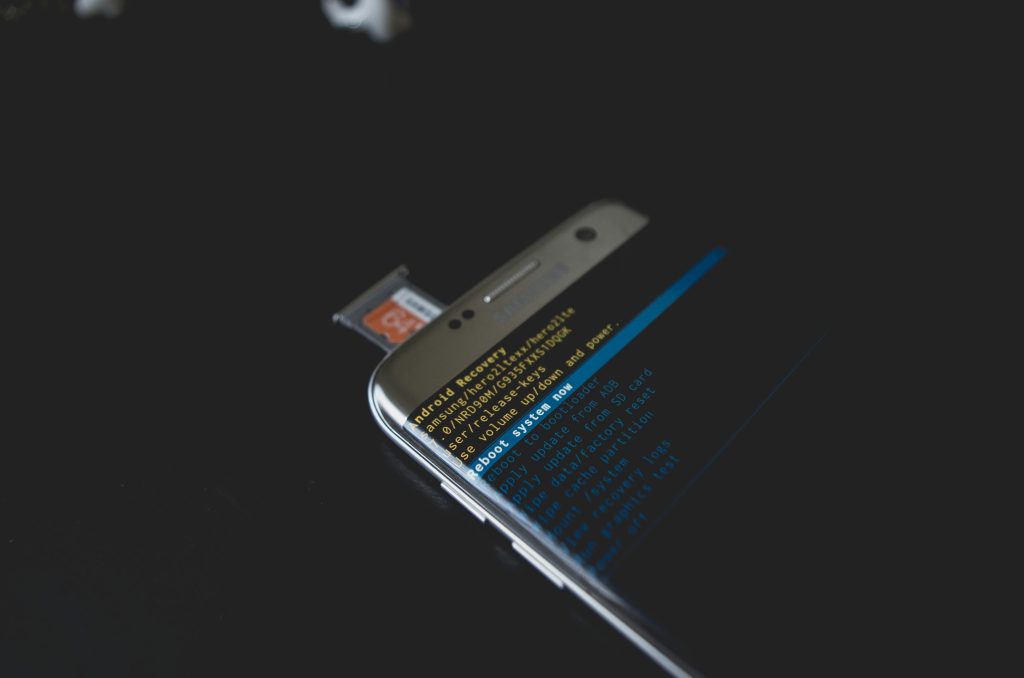Understanding Virtual Memory Load: Is 99% a Cause for Concern?
As a gamer, keeping an eye on system performance is crucial for an optimal experience. While testing out various games, you might find it beneficial to use monitoring tools like HWiNFO64 to track your system’s metrics, including temperatures and memory usage. Recently, I’ve noticed something alarming while playing “The Last of Us Part II”—my virtual memory load skyrocketed to an astonishing 99%, highlighted in red on the monitor. This raises an important question: Is this level of virtual memory usage normal, or should I take action to mitigate potential issues?
The Basics of Virtual Memory
First, let’s clarify what virtual memory is. It serves as an extension of your physical memory (RAM), allowing your operating system to use disk space to compensate when RAM is fully utilized. This process can enhance multitasking capabilities but can also indicate that your system is struggling if the load becomes excessive.
Why the Surge During Gameplay?
In gaming scenarios, especially with resource-intensive titles like “The Last of Us Part II,” high virtual memory usage can often be attributed to the game’s demands on your hardware. Given that many modern games require substantial graphics and processing power, it’s not unusual for memory consumption to rise while playing.
Should You Be Concerned?
With a system equipped with an Intel i5-12400F processor, a Nvidia 4070 Super graphics card, and a solid 32GB of RAM, your setup appears robust on paper. However, reaching 99% virtual memory load suggests that you are close to your system’s limits. This isn’t necessarily a sign of immediate failure but does warrant some consideration.
If you frequently encounter high virtual memory loads, here are a few steps you can take to enhance your system’s performance:
-
Close Unused Applications: Ensure that there are no unnecessary applications running in the background while you play. Each program consumes resources that could otherwise be allocated to your game.
-
Optimize Game Settings: Adjusting graphics settings in games can significantly reduce memory strain. Consider lowering the resolution or texture quality to see if that affects virtual memory load.
-
Upgrade Your RAM: If feasible, increasing your RAM can provide additional physical memory, reducing reliance on virtual memory.
-
Check for Memory Leaks: Occasionally, certain applications might not manage memory efficiently, leading to excessive usage. Keeping your software updated can help mitigate this
Share this content:




Hello,
Experiencing a 99% virtual memory load during gaming can be concerning, but it’s not uncommon especially with resource-intensive titles. Since your system has 32GB of RAM, this high virtual memory usage suggests that your system is pushing close to its physical memory limits, possibly due to background applications or game settings. Here are some steps you can take to help mitigate this issue:
It’s normal for virtual memory to increase during gaming; however, sustained near-maximum usage can impact performance. Monitoring your system while gaming and adjusting settings accordingly should help improve stability and gaming experience.
If issues persist